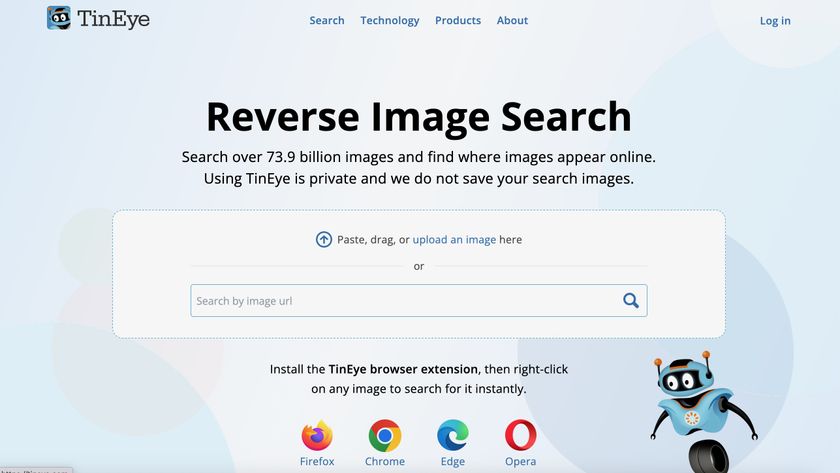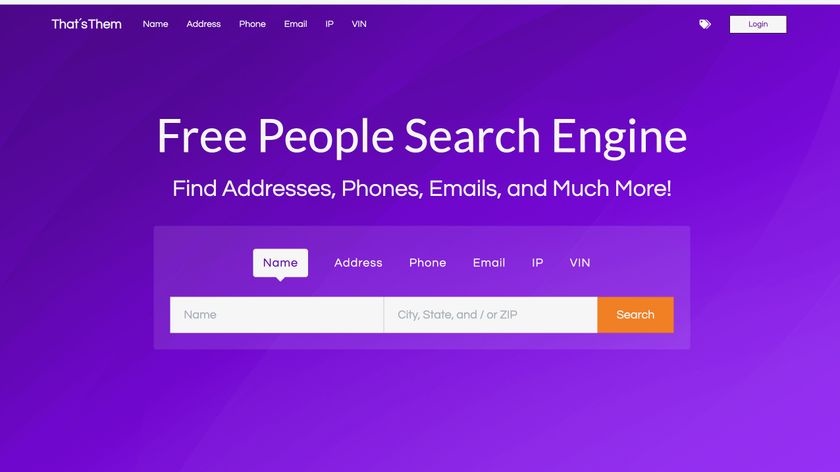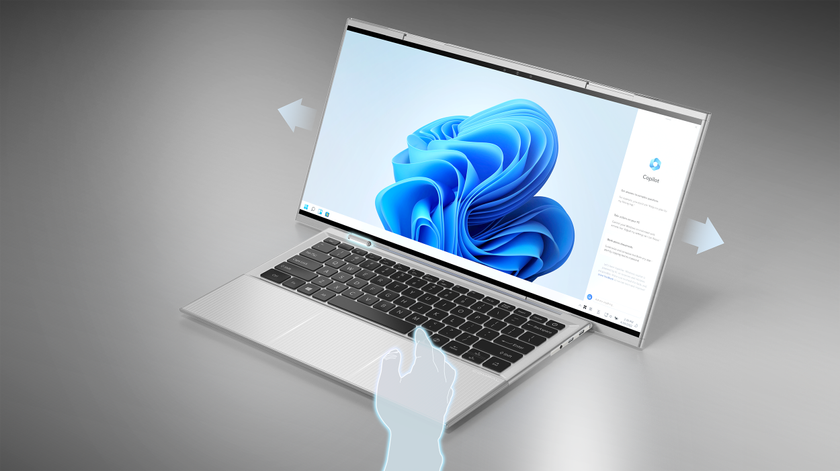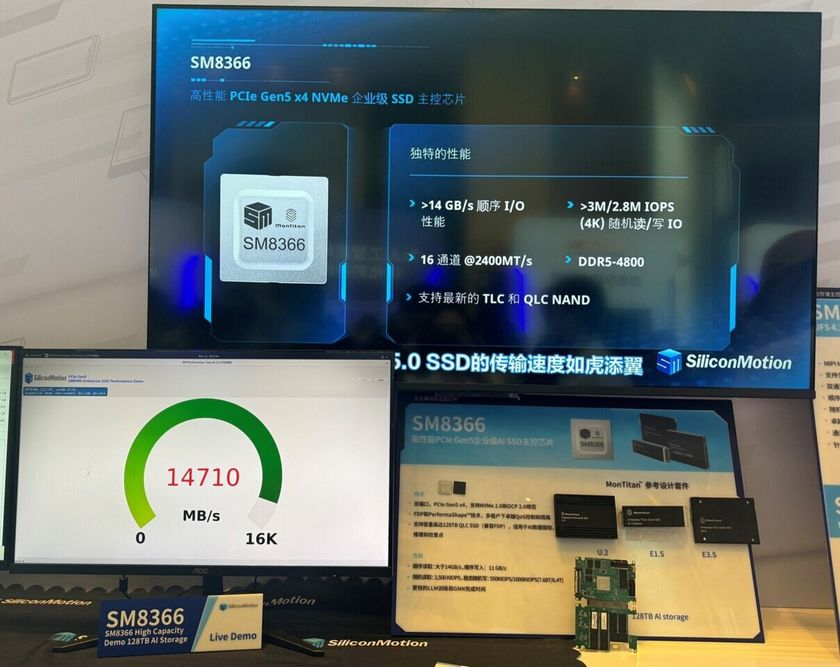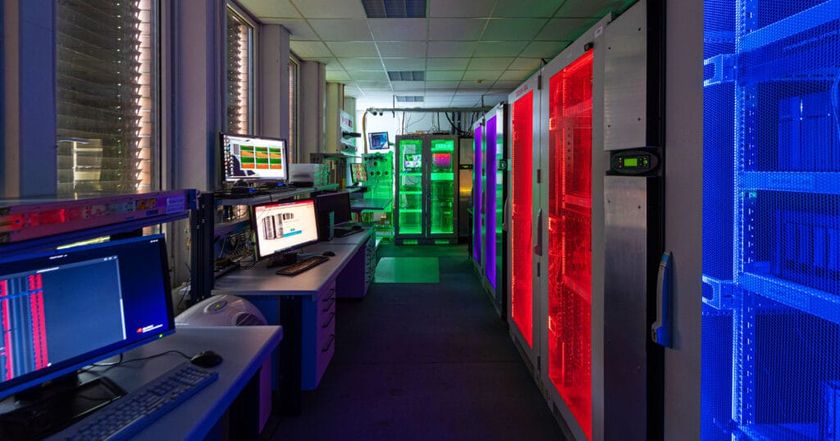Microsoft shows it's blazing new trails at the Ignite conference
Redmond lays out its burning ambitions
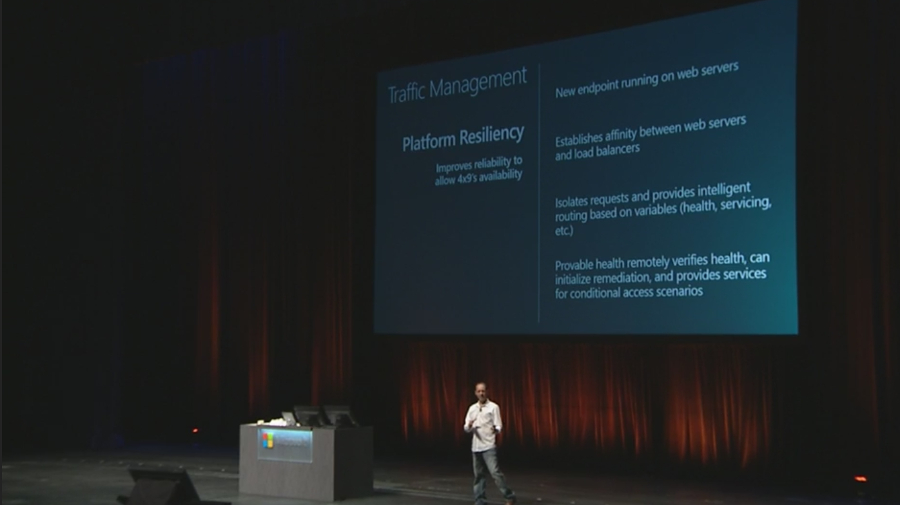
The word 'ignite' means 'to begin burning' and it is no coincidence that Microsoft chose that name as the title for its newly minted conference, which is currently underway over in Chicago (it runs from May 4 to May 8).
Following on from Convergence and Build, the Ignite conference runs for a working week, features a keynote from Satya Nadella, and is in Microsoft's words a "unified enterprise technology conference." At Ignite, Microsoft's intentions are clear: the company will light a flame under its latest ambition to underpin every piece of technology in the world, be it enterprise or consumer.
Partnerships not protection
Unsurprisingly, the whole strategy starts, and ends, with Windows 10. Everything Microsoft is doing is based around the new operating system, making it easier to work with Redmond. Satya Nadella has moved Microsoft from a position of offence – which was largely down to Steve Ballmer's obsessive tendency to protect the core assets of Windows and Office – to a company willing to work with multiple partners, providing services they want and need.
In a joint media briefing between Salesforce CEO Marc Benioff and Satya Nadella, Benioff commented that "it starts with Satya and I coming together, our companies coming together, but mostly it's for getting our customers together." This sentiment shows just how far Microsoft has come – not long ago, working with Salesforce would've been unthinkable – and it's telling that he mentions Nadella directly. He has his hand firmly on the wheel and is driving Microsoft in a new, interesting direction.
It's clear that Microsoft is now a company that listens, allowing almost four million people access to Windows 10 prior to its public launch later on this year. From these beta testers, Microsoft can glean key information.
An example Nadella gave on stage was related to Alt-Tab, a quick way to switch between apps. According to Microsoft, between 4% and 7% of people use, or are aware of, Alt-Tab, and so Microsoft has built a system of quick app switching into the taskbar. This may seem like a small example, but it speaks to Microsoft's strategy as a company going forward: they listen, take notes and implement a solution accessible to all.

Feedback frenzy
A public preview of Office 2016 was announced on stage at Ignite, allowing users the ability to download the software ahead of time and send feedback to Microsoft, and the company encouraged everyone to do so. Many of the things that were demoed during the keynote – co-editing documents, Office Delve, SharePoint and Exchange Server updates in 2016 – relate to Office and its application across everything Microsoft does. Office 365, the subscription service, has over 12.4 million users according to Microsoft's filings with the SEC, highlighting just how influential it still is, despite speculation that a unilateral shift toward handheld devices has impeded the software.
Are you a pro? Subscribe to our newsletter
Sign up to the TechRadar Pro newsletter to get all the top news, opinion, features and guidance your business needs to succeed!
Some cried doom when Microsoft made Office available on iOS and Android (initially with very limited functionality if you weren't an Office 365 subscriber, but now they're free with editing limitations lifted), but it is clear now that this was simply part of Microsoft's larger plan of unity and coherence across all devices.
Max Slater-Robins has been writing about technology for nearly a decade at various outlets, covering the rise of the technology giants, trends in enterprise and SaaS companies, and much more besides. Originally from Suffolk, he currently lives in London and likes a good night out and walks in the countryside.
